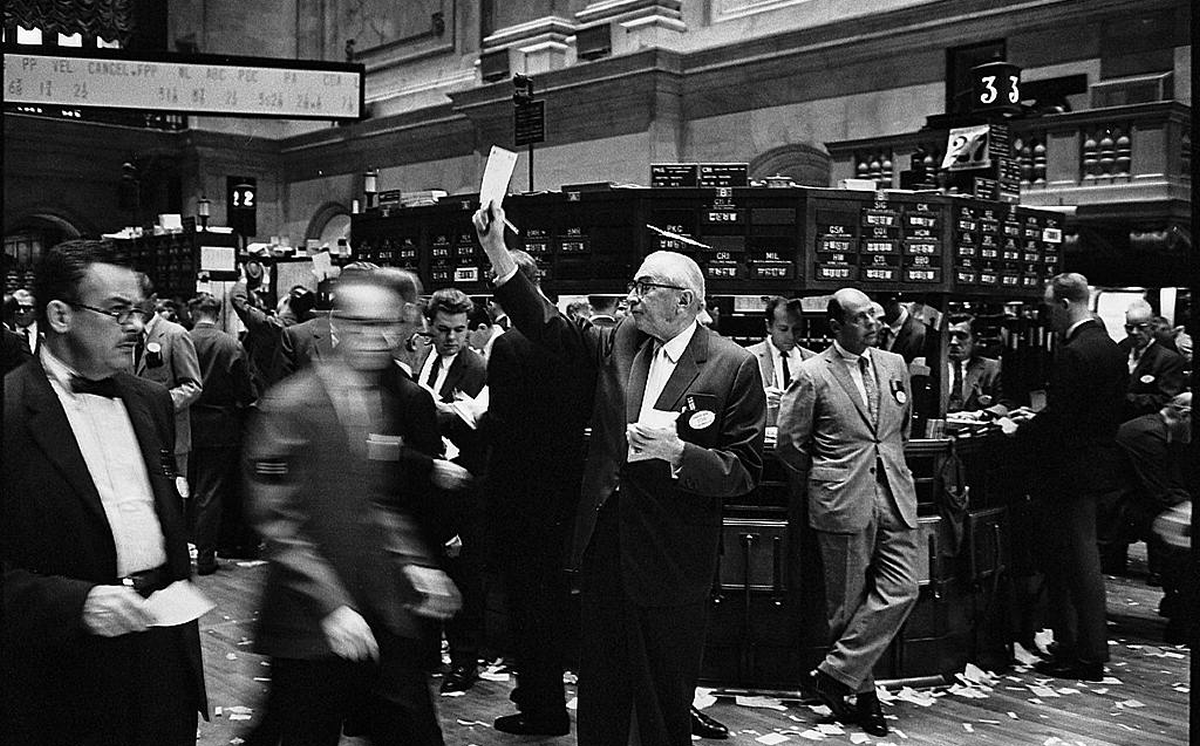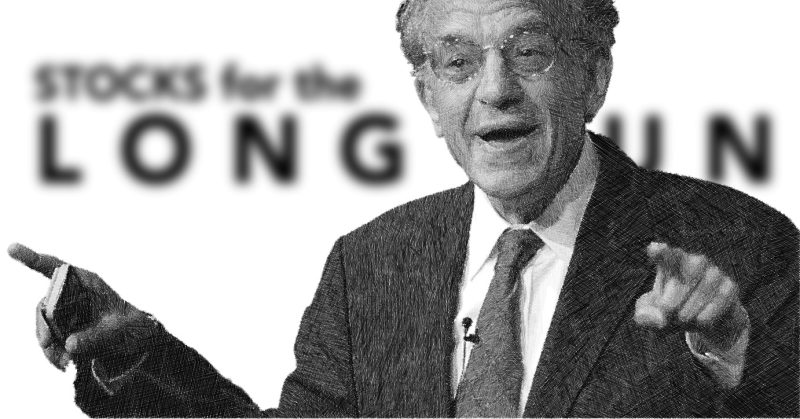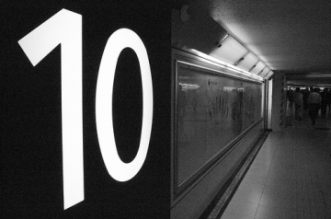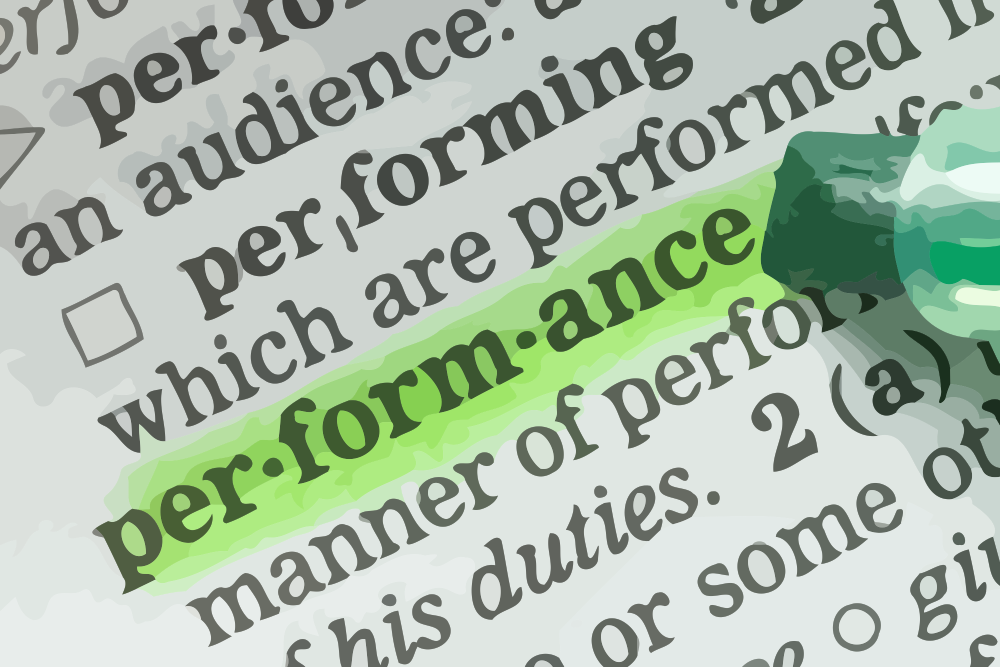by Professor Jeremy J. Siegel, Senior Economist to WisdomTree and Emeritus Professor of Finance at The Wharton School of the University of Pennsylvania
Markets digested a quiet jobs Friday without the official payrolls report, but the signal from the other indicators was clear enough: the labor market is slowing at the margin but not falling off a cliff. ADP’s weaker print nudged the 10-year yield lower, while state jobless claims remained stable and the Chicago Fed’s real-time unemployment gauge held at 4.3%—unchanged from last month. That combination argues for cooling pressure, not contraction. With growth moderating and inflation receding in the housing pipeline, I expect the Fed to cut 25 basis points at the next meeting and to keep the door open for another quarter-point by year-end if the data tracks this trajectory.
Money supply trends reinforce that view. M2 is up 4.7% year over year—what I’d call “weakish” growth—and bank deposits are rising just 3.5%, (surprise! currency in circulation is growing faster than deposits, hence why M2 is up more). That pace is far from the excess liquidity that fueled the original inflation burst; if anything, it is consistent with disinflation continuing into the fall. Sensitive commodity indicators tell a similar story. Oil has slipped, and broad commodity baskets are roughly flat in real terms for the rest of the world once you account for dollar moves—hardly the profile of an overheating global economy. Put together, these monetary and price signals give the Fed ample cover to begin normalizing rates.
Shelter inflation—the stickiest piece of the CPI—continues to roll over beneath the surface. Case-Shiller year-over-year house price inflation is sinking, with national home price growth below 2% year over year, and the Apartment List National Rent Index is now negative at -0.8% from a year ago. Even with mortgage rates off their peaks, those pipeline measures argue for further disinflation in official shelter over the next several prints. If the government shutdown delays CPI publication, the Fed will still have enough corroborating evidence from these private measures and from money growth to justify a cut. Historically, when shelter turns, headline inflation follows with a lag—this cycle is behaving no differently.
Growth is hardly booming, but it is holding. Nowcasts have Q3 real GDP in the high-2s on the street, with the most optimistic trackers in the high-3s. That’s a cooling but still constructive backdrop for earnings, provided margins don’t compress. The wild card this quarter is tariffs: this is the test period when any price pass-through or demand hit should show up in retail spending. I will be watching the next 4–8 weeks of retail sales closely, especially heading into the holiday season. If consumers absorb modest price increases without a meaningful volume drop, we’ll mark this down as a “recalibration” rather than a risk-off turning point.
Equities continue to look better than long bonds on a 6–12-month horizon. The market uptrend remains intact with AI capex proceeding apace. The Russell 2000 outperformed the Nasdaq in Q3—an encouraging sign that breadth can improve when rate pressure eases—though large-cap value still trails mega-cap growth. The “Magnificent 7” leadership persists, with Tesla especially buoyed by full-self-driving optimism. That enthusiasm is not just story stock speculation; driverless trucking pilots are close to commercial reality and represent a tangible productivity lever. The question for 2025 is whether the broader AI investment wave delivers company-level productivity to validate the spend. My base case is yes: tighter labor supply and tariff frictions will push firms to accelerate automation, keeping real unit labor costs contained and margins supported.
Bottom line: money growth is subdued, shelter inflation is rolling over, commodity pressure is contained, and the labor market is cooling—not cracking. That is precisely the recipe for the Fed to continue easing. Markets can handle slower growth if disinflation persists and AI-driven productivity shows up in 2026 and beyond. I remain constructive on equities while we are getting a tariff test for both consumers and how companies adapt this quarter.
Copyright © WisdomTree














